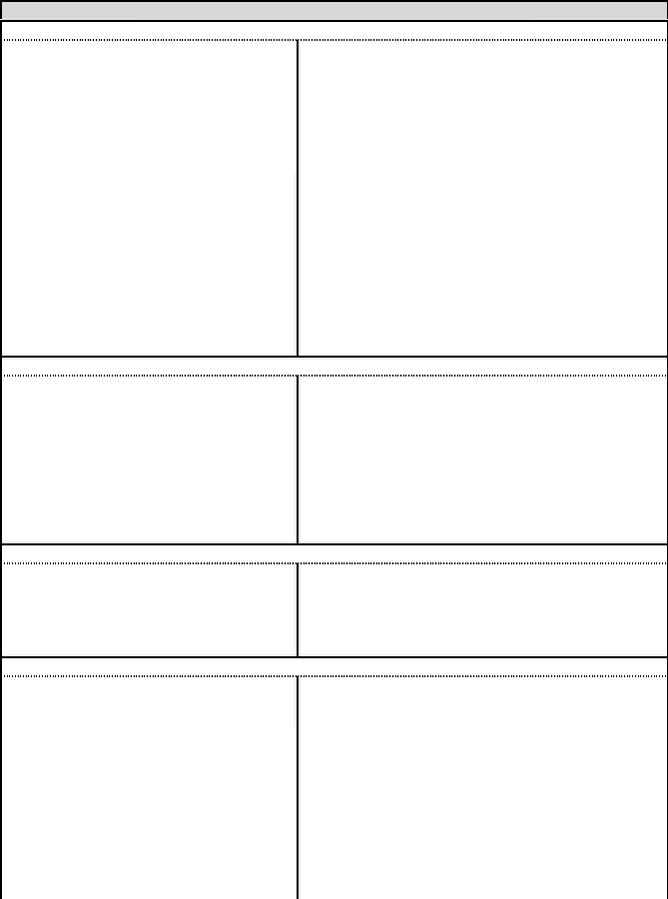Miljų, teknologi og innovation

Figur 2.2. Relevante teknologier for transportsektoren og deres betydende
drivfaktorer23
TECHNOLOGIES
MAIN TECHNOLOGY DRIVERS
Propulsion systems
-
Internal combustion engines, running on
gasoline /diesel or burning alternative
fuels such as natural gas, methanol or
biofuels.
-
Electric propulsion systems, including the
technology to provide on-board
electricity, either by fuel cells, electro-
chemical battery, flywheels, or
ultracapacitors.
In complement to these propulsion systems,
other critical technologies are related with
exhaust and inlet systems, design for
recycling, maintenance, fuel production,
energy storage and refuelling.
-
Need to contribute to improve air quality in urban
areas. Vehicle pollutant emissions (so far CO, NOx,
hydrocarbons and particulate matter) should comply
with future more stringent exhaust emissions to
regulations.
-
Requirements on greenhouse gas emissions, in
particular vehicle CO2 emission, should be reduced to
contribute to meet international agreements for which
transport will be bounded through mandatory or
v oluntary measures.
-
Energy security concern, transport ever taking a
higher share of the total energy demand and
representing a major concern for Europe over the
long term.
-
Other factors driving propulsion technologies are
noise abatement, reduction of acid deposition,
recycling, cost reduction and public acceptance.
In-Vehicle Telematics
-
In-Vehicle information, including dynamic
route planning and multi-modal
information.
-
Anti-collision devices.
-
Navigation systems.
-
Combined emissions and engine
management.
-
Automatic vehicle location.
-
Smart on-board card.
-
Optimise use of vehicle and infrastructure.
-
Reduce traffic congestion in urban areas.
-
Minimise rate of accidents and related losses.
-
Management of transport demand.
Advances materials
-
Metals, mainly steel, aluminium,
magnesium and copper.
-
Plastics, thermoplastics, elastomers.
-
Composites.
-
Need of lighter materials to reduce vehicle energy
consumption and emissions.
-
Improve vehicle body strength.
-
Ease vehicles recycling.
-
Allow production flexibility.
Vehicle Manufacturing
-
Vehicle design, including rapid modelling,
prototyping, knowledge-based
tec hniques, virtual reality, design for
recycling, platform strategies.
-
Production process, comprising virtual
manufacturing, lean production,
automation, tooling, maintenance.
-
Resources management and
organisation.
-
Logistics supplier chain structure,
operations integration, marketing
strategies.
-
Competition, globalisation, emerging markets, trend
on mergers and acquisitions.
-
Flexibility, increasing pressure from customers.
-
Improve quality.
-
Lower costs.
-
Tighter environmental requirements.
|
